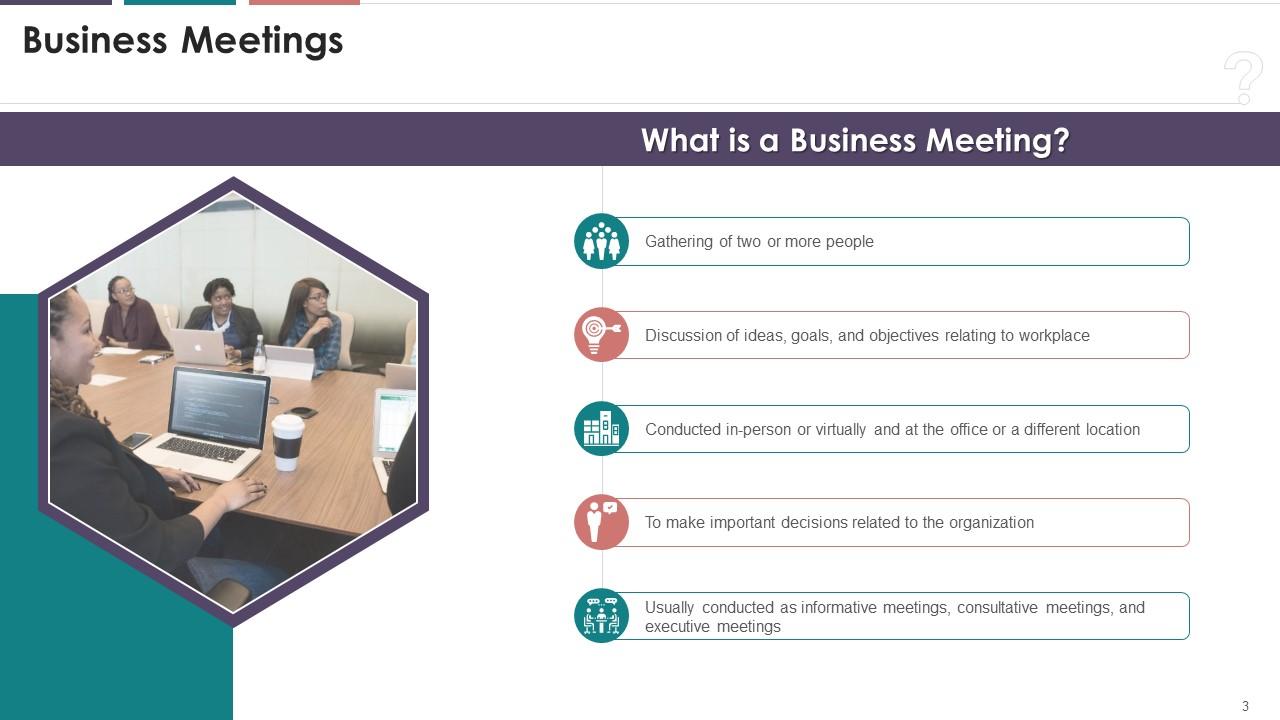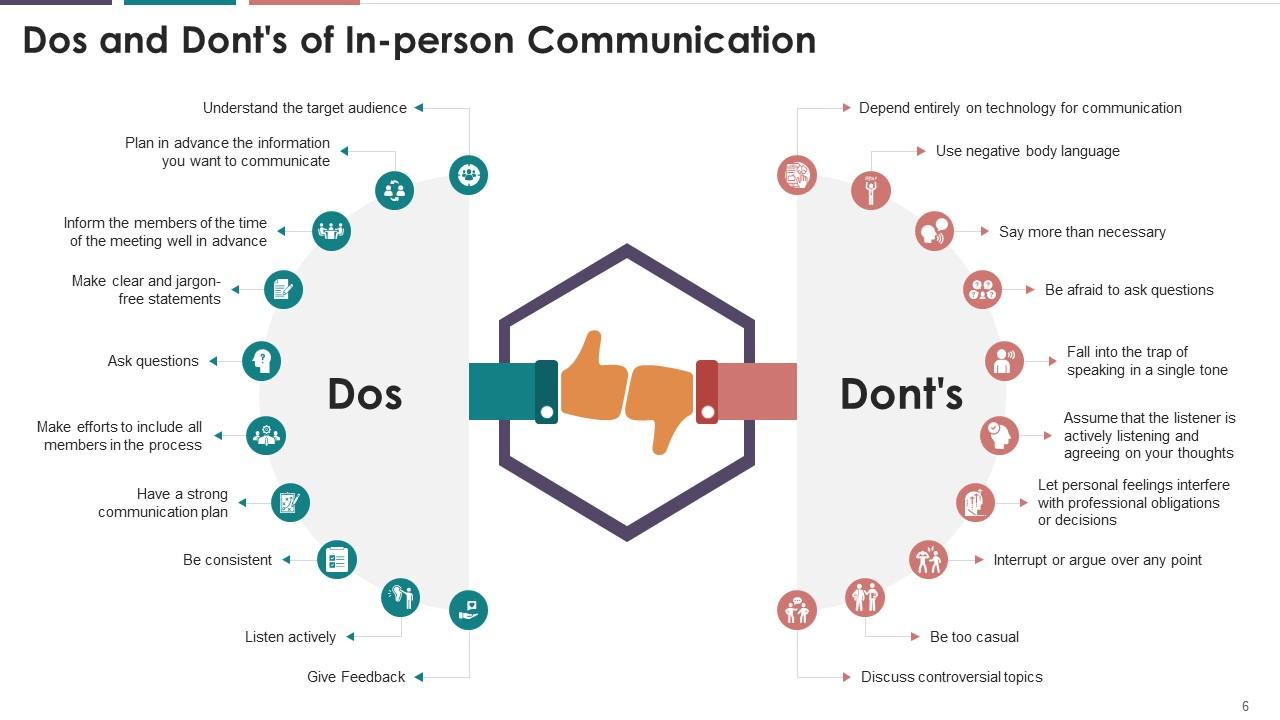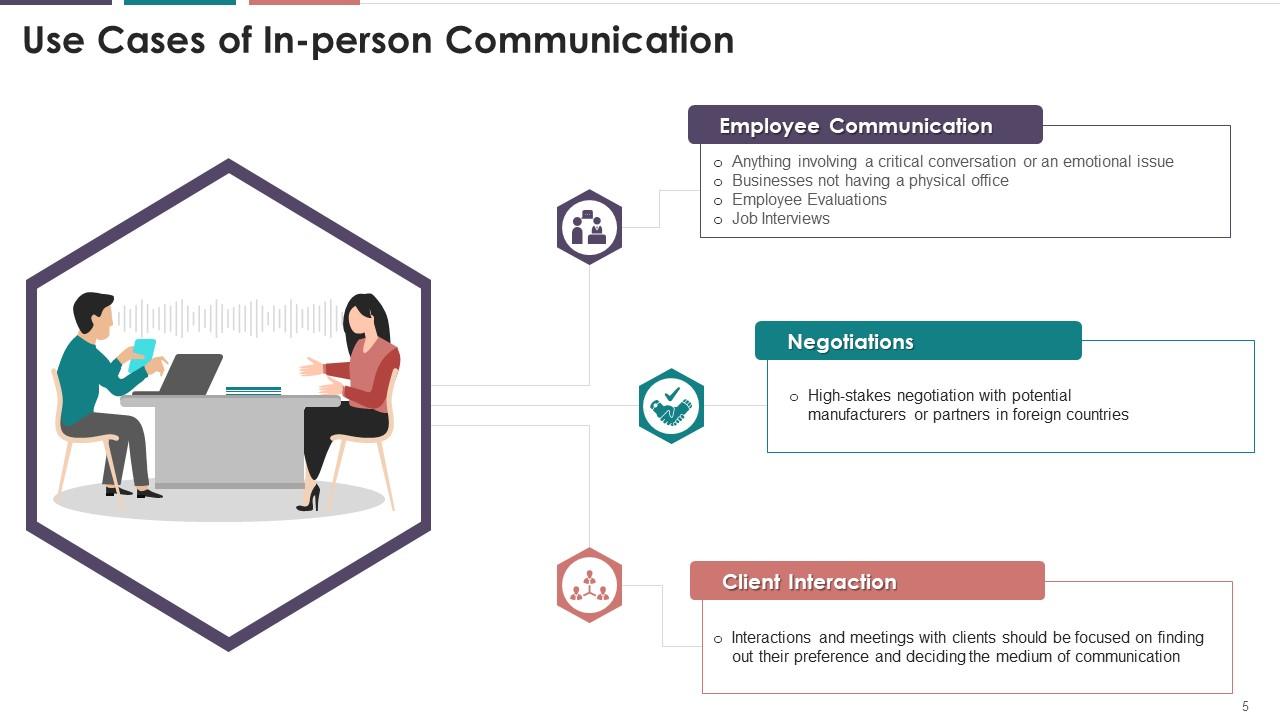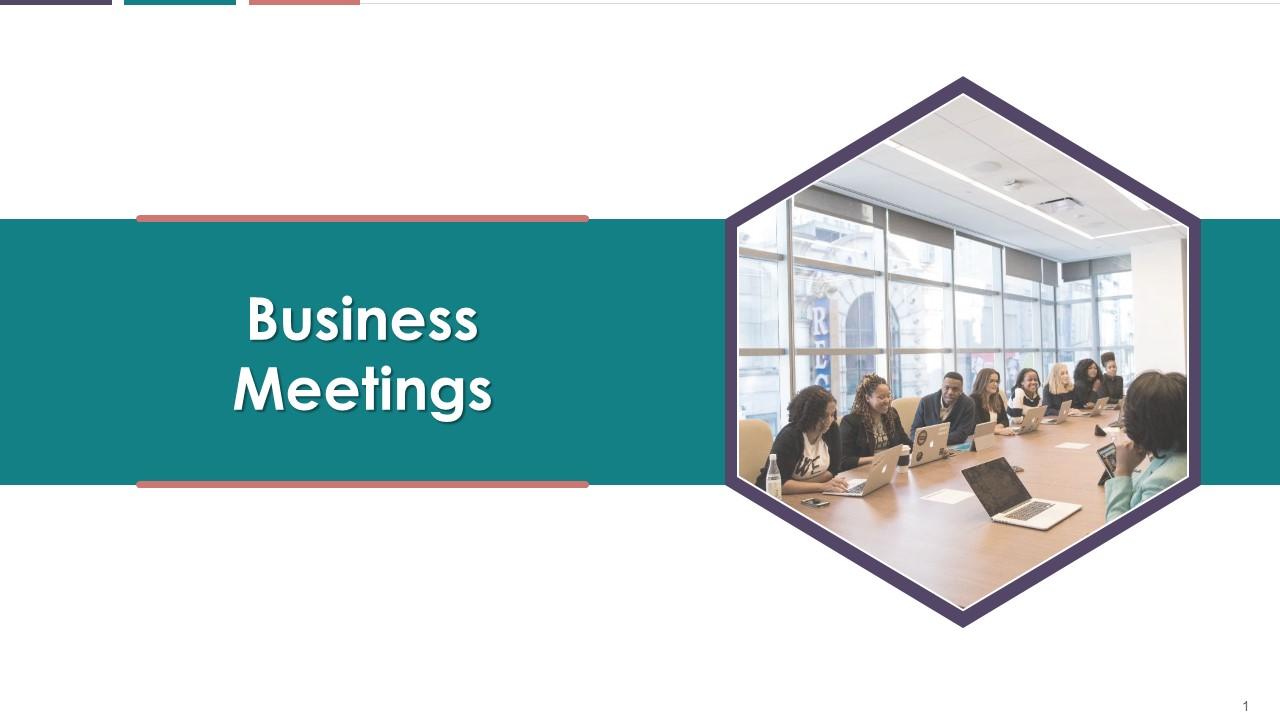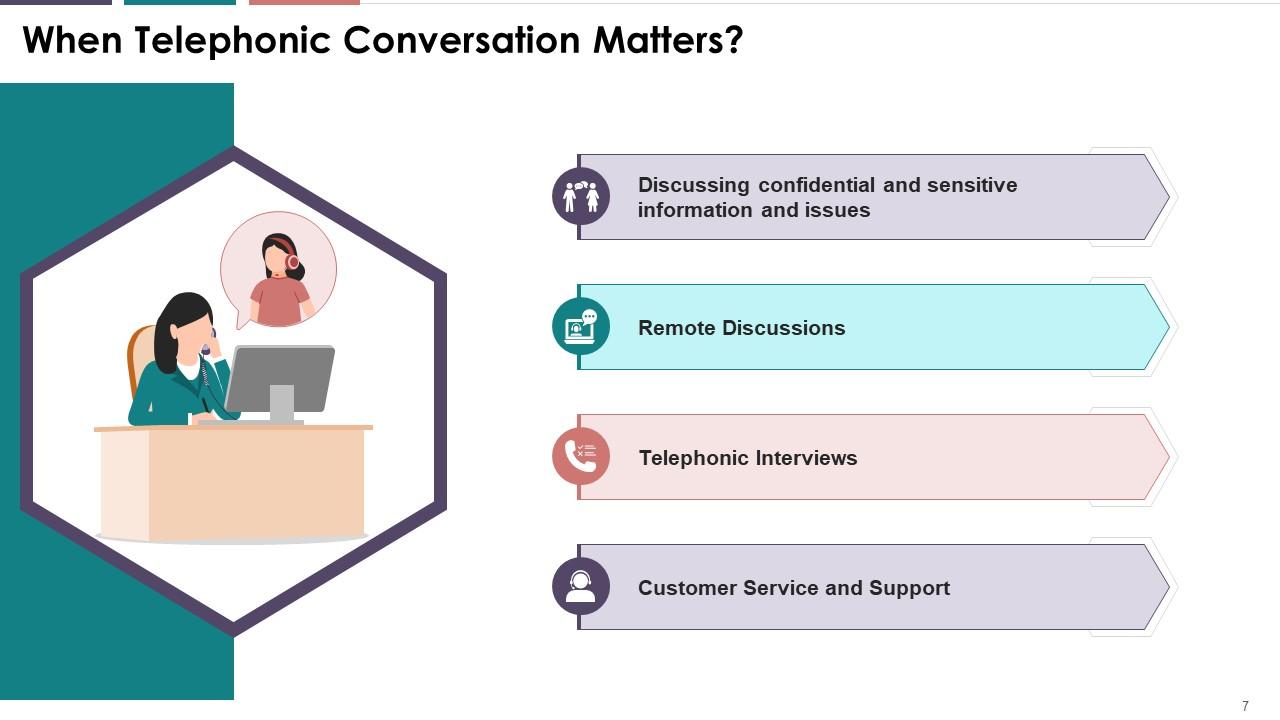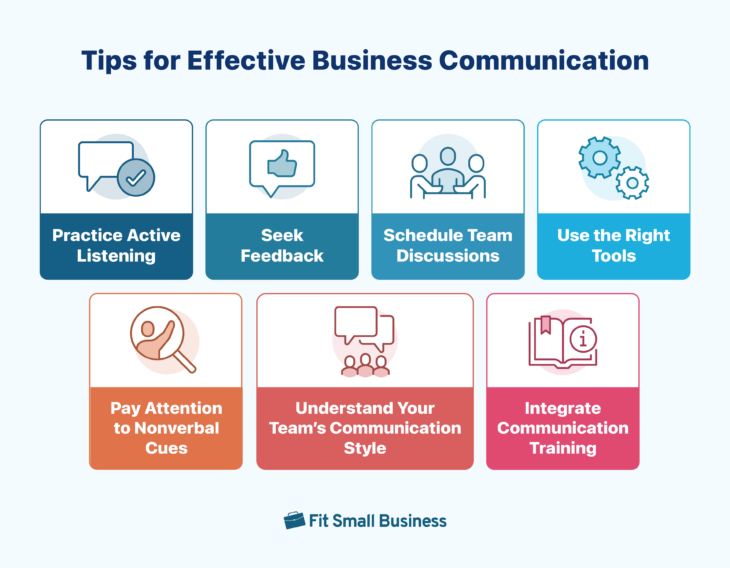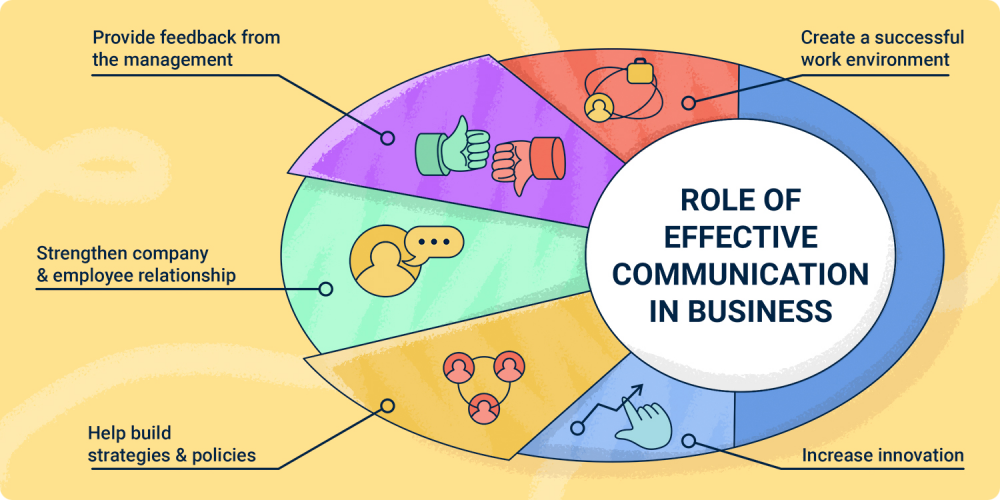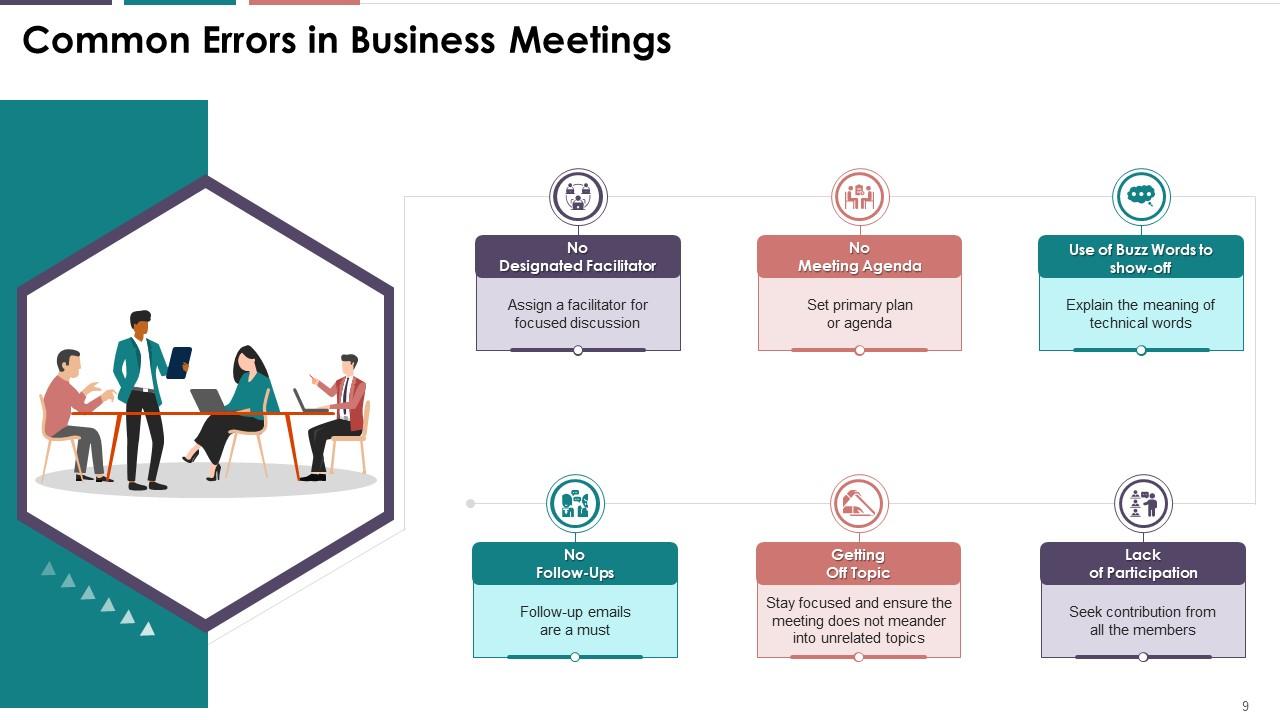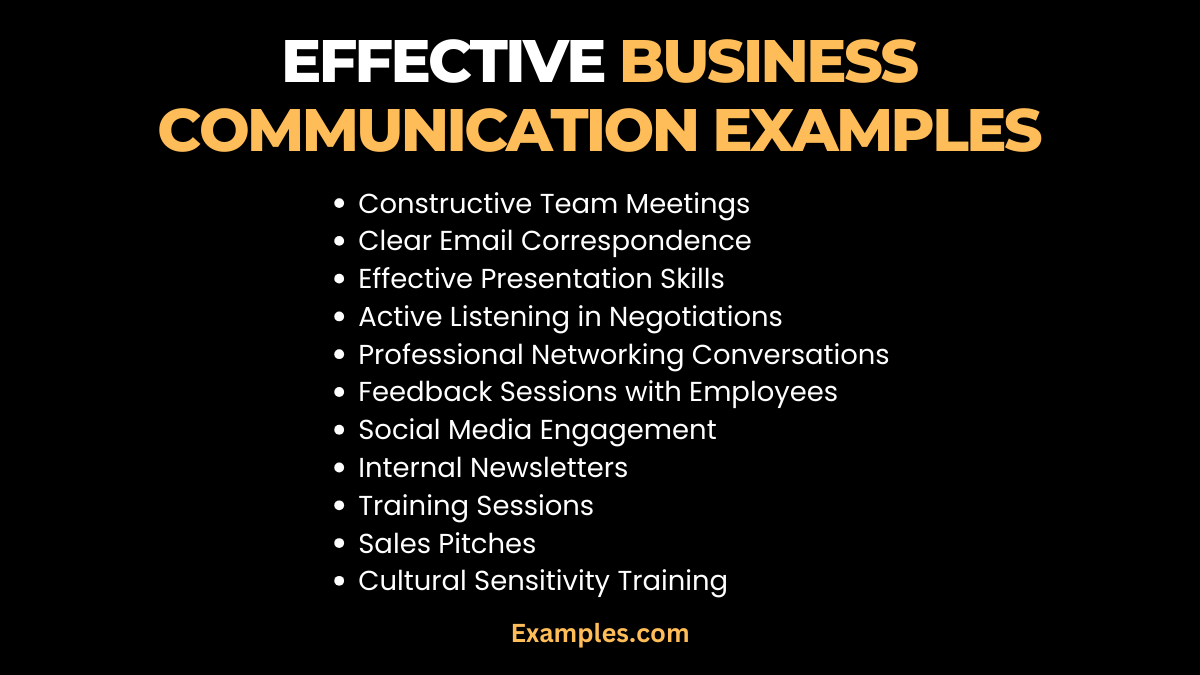Effective Communication In Business Meetings

In today's fast-paced business environment, the effectiveness of communication within meetings can significantly impact an organization's success. From strategic planning sessions to routine project updates, meetings serve as crucial platforms for decision-making, collaboration, and innovation. Yet, all too often, these gatherings fall short of their potential, plagued by miscommunication, disengagement, and ultimately, wasted time and resources.
At the heart of the issue lies the critical need for effective communication strategies tailored to the unique dynamics of business meetings. This article explores the key elements of successful communication in this context, drawing on expert insights, research findings, and best practices from leading organizations. It examines the role of preparation, active listening, clear articulation, and constructive feedback in fostering productive and meaningful interactions, ultimately contributing to better business outcomes.
The Foundation: Preparation and Purpose
Effective communication begins long before the meeting commences. Preparation is paramount, ensuring that participants are well-informed and ready to contribute meaningfully. A clear agenda, outlining the meeting's objectives and key topics, should be circulated in advance, allowing attendees to gather relevant information and formulate their thoughts.
According to a study by the Harvard Business Review, meetings without a clear purpose are perceived as a significant waste of time by employees. Establishing a clear purpose from the outset sets the tone for a focused and productive discussion. The facilitator must constantly bring the meeting back to it's main purpose.
Active Listening: Beyond Hearing the Words
Communication is a two-way street, and active listening is crucial for understanding and responding effectively to others' perspectives. Active listening involves paying full attention to the speaker, both verbally and nonverbally. It also requires demonstrating genuine interest through appropriate body language, such as maintaining eye contact and nodding to show comprehension.
Active listening is the cornerstone of effective communication. Avoiding interruptions and asking clarifying questions are also essential components. This creates a more inclusive and collaborative environment where all voices are heard and valued.
Clarity and Conciseness: Getting the Message Across
The ability to articulate ideas clearly and concisely is essential for effective communication in business meetings. Avoid jargon, technical terms that may not be understood by all participants and ambiguity, instead focusing on delivering messages in a straightforward and accessible manner. When presenting information, structure your thoughts logically, using visuals, and examples to support your points.
Clarity is important. Conciseness saves time. Forbes emphasizes the importance of simplifying complex information. Presenting it in a way that is easily digestible for everyone in the room.
Constructive Feedback: Fostering Growth and Improvement
Providing and receiving constructive feedback is a vital element of continuous improvement. Feedback should be specific, timely, and focused on behaviors or outcomes rather than personal attributes. Frame feedback in a positive and supportive manner, highlighting both strengths and areas for development.
Encourage open dialogue and create a safe space for participants to share their perspectives and concerns. Feedback is essential for improvement. The absence of it can stifle innovation and lead to stagnation.
Navigating Virtual Meetings: Adapting to the Digital Landscape
The rise of remote work has transformed the landscape of business meetings, requiring new communication strategies to address the unique challenges of virtual interactions. Maintaining engagement in virtual meetings can be difficult, as distractions are more prevalent and nonverbal cues are harder to interpret.
Utilizing virtual collaboration tools effectively, such as shared whiteboards and breakout rooms, can help to foster interaction and participation. Establishing clear ground rules for virtual meetings, such as muting microphones when not speaking and using the chat function for questions and comments, can also improve communication flow.
The Future of Meeting Communication
As technology continues to evolve, the future of communication in business meetings is likely to be shaped by new innovations and approaches. The development of artificial intelligence (AI)-powered meeting platforms could revolutionize how meetings are conducted. This includes automating tasks such as note-taking and action item tracking, and providing real-time feedback on communication styles and effectiveness.
By embracing these advancements and prioritizing effective communication strategies, organizations can unlock the full potential of their meetings. This will then drive better decision-making, greater collaboration, and ultimately, improved business outcomes. The ability to communicate effectively in meetings will remain a crucial skill for individuals and organizations alike.
